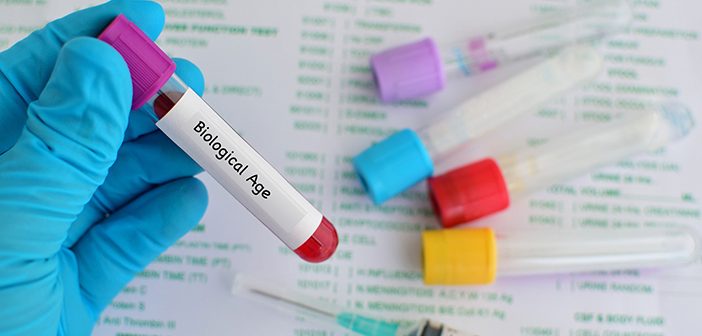DNA markers in healthy centenarians are more like those of 20-year-olds than 70-year-olds.
Researchers have discovered age- and health-related differences in fragments of DNA found floating in the bloodstream called cell-free DNA (cfDNA). They say these differences could someday be used to determine biological age—whether a person’s body functions as older or younger than their chronological age.
In a proof-of-concept study, the scientists extracted cfDNA from blood samples from people in their 20s, people in their 70s, and healthy and unhealthy centenarians. The team led by Nicola Neretti, PhD, an assistant professor of molecular biology, cell biology, and biochemistry, detected differences in how the DNA was packaged in the four groups.
The findings were published on December 20 in the journal Aging Cell.
Specifically, they found nucleosomes—the basic unit of DNA packaging in which a segment of DNA is wrapped around a protein core—were well-spaced in the DNA of the volunteers in their 20s but were less regular in the older groups, especially the unhealthy centenarians, Neretti says. Additionally, the signal from nucleosome spacing for the healthy centenarians was more similar to the signal from the people in their 20s than people in their 70s.
Nucleosome packing is one aspect of the epigenome, the collection of heritable changes that affect gene expression or activity without affecting the genome.
“Among other traits, healthy centenarians preserve the epigenomic profile of younger individuals,” Neretti says. “As with anything in aging, many things work together, and it is not clear what the cause or the effect is. With our cfDNA test, we hope to gain understanding of these epigenetic changes and what they mean.”
Continue reading here.




